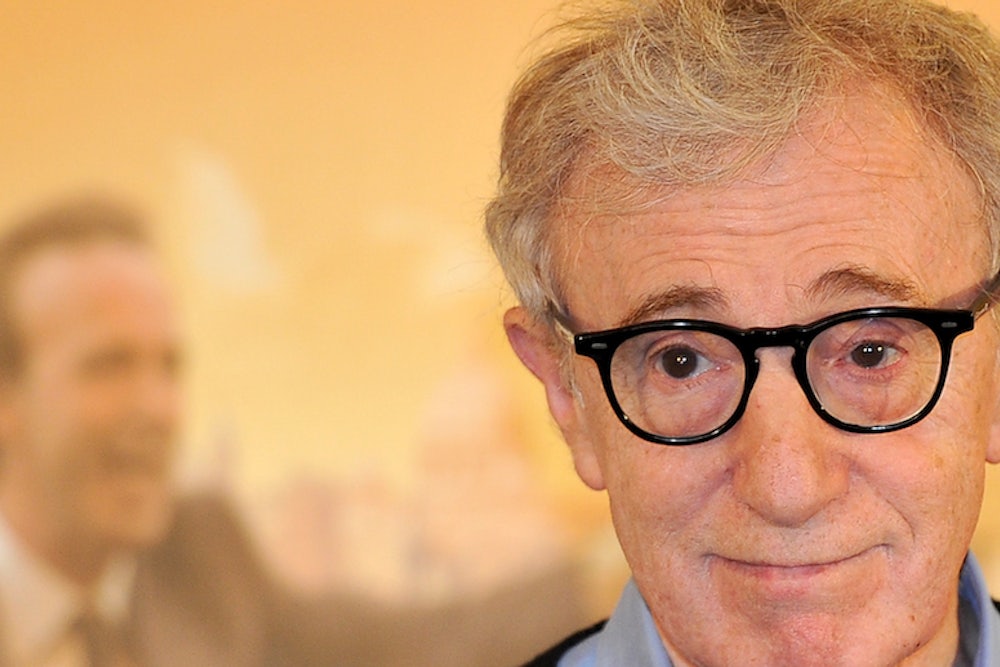I have tried to steer clear of the controversy created by the publication by New York Times columnist Nicholas Kristof of an open letter by Dylan Farrow alleging that Woody Allen molested her when she was seven years old. I have read some of the older news stories and Allen’s response today in The New York Times, but I haven’t studied the matter closely. Dylan Farrow’s account of molestation was vividly disturbing, and there are obviously cases where these kind of allegations have proven true. But there are also instances where childhood memories have proven fallible. (I had my own experience of repressing something that happened when I was seven.) So I am agnostic on the matter of who did what, but I am not agnostic on the propriety of The New York Times publishing Kristof’s column and Farrow’s open letter.
I know that columnists get wide latitude in saying what they want, but I don’t think that should be granted in an instance where someone is being accused of committing unpardonable crimes. I think in such an instance every effort has to be made to be objective, and that includes who reports the story. Kristof, who appears to be a good friend of Mia Farrow, Dylan’s mother, would strike me as the very last person capable of offering a clear and fair view of that matter. That’s not a judgment on his journalism. I’d say this about anyone reporting on a matter where a friend was involved.
There is only one circumstance that would in my opinion justify his doing the story. That is if he were offering new evidence on the case that did not derive directly from the Farrows and that changed the balance of truth on one side or another. That might be a new witness who contradicted one of the principals. But Kristof had no new evidence. Dylan Farrow told her story before to the police and to reporters – most recently to someone from Vanity Fair. She is part of what has been from the beginning a back and forth of charges and counter-charges. And even if Kristof had new evidence, I would have tried to get someone else who had no personal stake in the story to write about it.
As it stands, he published in the New York Times – a publication with a reputation for veracity that carries over to its columnists –Dylan Farrow’s version of what happened between her and Allen. He says he asked Allen for comment, but even if Allen refused to comment – which is understandable, I think, given that Kristof is a friend of Mia Farrow – he should have at least included a coherent account of what the other side of the argument was. It is not, as far as I can see, one of these stories where one side believes the earth is flat and the other round, but a case where authorities of various kinds have reached diametrically opposed conclusions -- and that’s true, too, of the men and women I know who have followed this case closely. So it was a story where Kristof and The New York Times should have conducted themselves with extreme caution. Instead, The New York Times allowed Kristof to proceed with reckless abandon. The New York Times owes its readers an apology.
